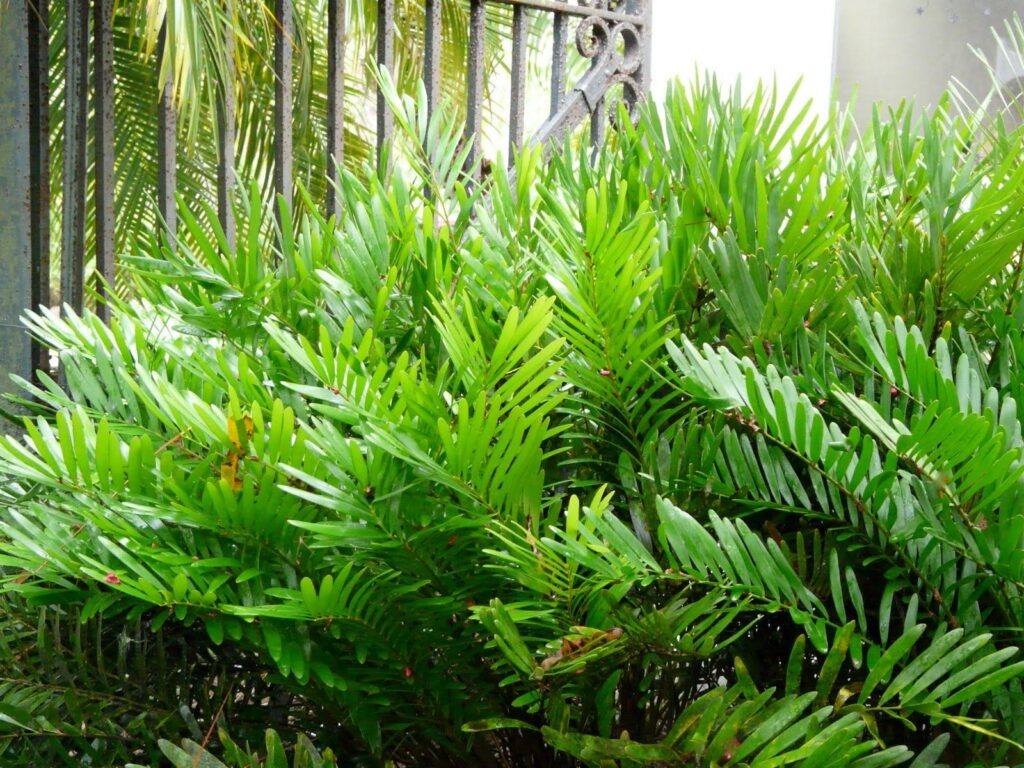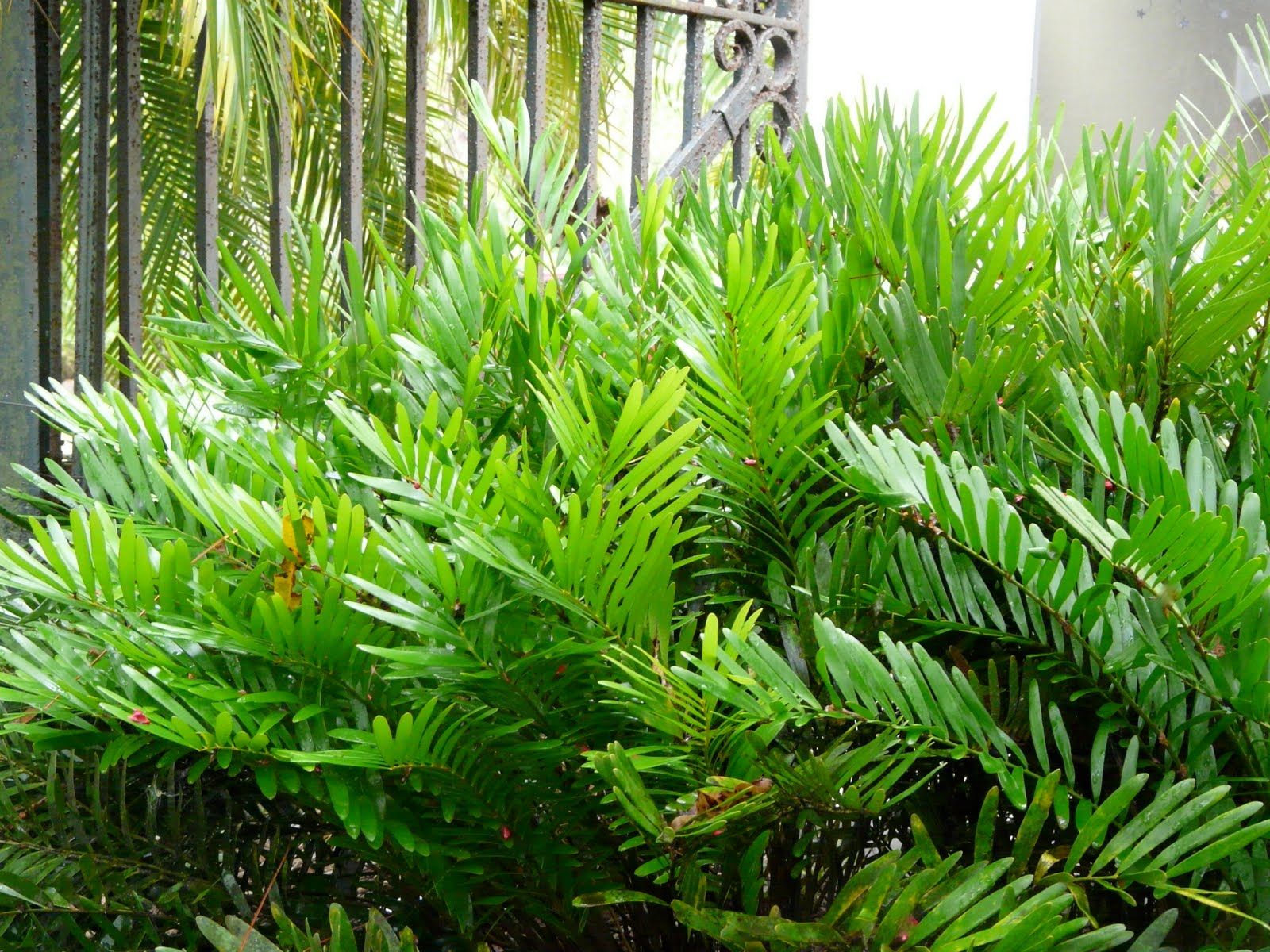
Transform Your Yard: The Ultimate Guide to Florida Landscape Plants
Florida’s unique climate presents both opportunities and challenges for gardeners. The hot, humid summers and mild winters allow for a vibrant array of plant life to flourish, but it also requires careful selection to ensure plants thrive. This comprehensive guide will walk you through the best landscape plants for Florida, covering everything from trees and shrubs to flowers and groundcovers. Whether you’re a seasoned gardener or just starting out, this guide will provide you with the knowledge and inspiration to create a stunning and sustainable Florida landscape.
Understanding Florida’s Climate Zones
Before diving into specific plant recommendations, it’s crucial to understand Florida’s climate zones. The state is generally divided into three main zones:
- North Florida: Experiences cooler winters with occasional frosts.
- Central Florida: Has mild winters with infrequent frosts.
- South Florida: Enjoys warm, tropical weather year-round.
Knowing your specific zone will help you choose plants that are best suited for your local conditions. Local nurseries and extension offices are excellent resources for determining your exact zone and getting personalized recommendations.
Best Trees for Florida Landscapes
Trees provide shade, beauty, and habitat for wildlife. Here are some top choices for Florida landscapes:
Florida Native Trees
- Live Oak (Quercus virginiana): A majestic, long-lived tree that provides ample shade. It’s well-suited for large properties.
- Southern Magnolia (Magnolia grandiflora): Known for its large, fragrant white flowers and glossy green leaves.
- Red Maple (Acer rubrum): Offers vibrant red foliage in the fall (in North and Central Florida) and provides good shade.
- Bald Cypress (Taxodium distichum): A deciduous conifer that thrives in wet conditions and provides beautiful fall color.
Ornamental Trees
- Crape Myrtle (Lagerstroemia indica): A popular choice for its colorful summer blooms and attractive bark.
- Royal Poinciana (Delonix regia): A stunning tropical tree with vibrant red-orange flowers (best suited for South Florida).
- Jacaranda (Jacaranda mimosifolia): Features beautiful purple flowers in the spring.
- Citrus Trees (Citrus spp.): Grow your own oranges, lemons, or grapefruits! Choose varieties that are well-suited to your climate zone.
Top Shrubs for Florida Gardens
Shrubs add structure, texture, and color to your landscape. Here are some excellent options for Florida:
Flowering Shrubs
- Azalea (Rhododendron spp.): Offers a profusion of colorful blooms in the spring. Choose varieties that are heat-tolerant and disease-resistant.
- Hibiscus (Hibiscus rosa-sinensis): A tropical favorite with large, showy flowers.
- Bougainvillea (Bougainvillea spp.): A vibrant vine or shrub with colorful bracts (often mistaken for flowers).
- Ixora (Ixora coccinea): Features clusters of small, brightly colored flowers.
Foliage Shrubs
- Croton (Codiaeum variegatum): Known for its colorful and variegated foliage.
- Pittosporum (Pittosporum tobira): A versatile shrub with glossy green leaves.
- Loropetalum (Loropetalum chinense): Offers attractive burgundy foliage and pink fringe-like flowers.
- Podocarpus (Podocarpus macrophyllus): A dense, evergreen shrub that can be used as a hedge or screen.
Beautiful Flowers for Florida Landscapes
Flowers add beauty and fragrance to your garden. Here are some popular choices for Florida:
Annual Flowers
- Pentas (Pentas lanceolata): Attracts butterflies and hummingbirds with its clusters of star-shaped flowers.
- Zinnia (Zinnia elegans): Easy to grow and offers a wide range of colors.
- Marigold (Tagetes spp.): A cheerful and low-maintenance flower that blooms throughout the summer.
- Impatiens (Impatiens walleriana): Provides bright color in shady areas.
Perennial Flowers
- Daylily (Hemerocallis spp.): Easy to grow and offers a wide variety of colors and forms.
- Salvia (Salvia spp.): Attracts pollinators and offers a long bloom time.
- Coreopsis (Coreopsis spp.): A native wildflower that is drought-tolerant and easy to grow.
- Black-Eyed Susan (Rudbeckia hirta): A cheerful and low-maintenance flower that blooms throughout the summer.
Groundcovers for Florida Gardens
Groundcovers help prevent erosion, suppress weeds, and add visual interest to your landscape. Here are some good options for Florida:
- Creeping Jenny (Lysimachia nummularia): A low-growing groundcover with bright green foliage.
- Asian Jasmine (Trachelospermum asiaticum): A versatile groundcover that can also be used as a vine.
- Sunshine Mimosa (Mimosa strigillosa): A native groundcover that is drought-tolerant and attracts pollinators.
- Liriope (Liriope muscari): A grass-like groundcover that is easy to grow and maintain.
Tips for Successful Florida Landscaping
Here are some essential tips for creating a thriving Florida landscape:
- Choose the Right Plants: Select plants that are well-suited to your climate zone, soil type, and light conditions.
- Prepare the Soil: Amend the soil with organic matter to improve drainage and fertility.
- Water Wisely: Water deeply and infrequently, allowing the soil to dry out slightly between waterings.
- Fertilize Regularly: Use a balanced fertilizer to provide your plants with the nutrients they need.
- Mulch: Apply a layer of mulch around your plants to help retain moisture, suppress weeds, and regulate soil temperature.
- Prune: Prune your plants regularly to maintain their shape and encourage healthy growth.
- Pest and Disease Control: Monitor your plants for signs of pests and diseases and take action promptly.
Florida Native Plant Resources
Using native plants in your landscape offers many benefits, including reduced water and fertilizer needs, increased wildlife habitat, and enhanced biodiversity. Here are some resources to help you learn more about Florida native plants:
- Florida Native Plant Society (FNPS): Offers information, resources, and events related to Florida native plants.
- University of Florida IFAS Extension: Provides research-based information on horticulture and landscaping.
- Local Nurseries: Many nurseries specialize in Florida native plants and can provide expert advice.
Creating a Sustainable Florida Landscape
A sustainable landscape is one that is environmentally friendly and requires minimal resources to maintain. Here are some tips for creating a sustainable Florida landscape:
- Use Native Plants: Native plants are adapted to the local climate and require less water and fertilizer.
- Conserve Water: Use efficient irrigation techniques, such as drip irrigation and rain barrels.
- Reduce Lawn Area: Replace some of your lawn with groundcovers, shrubs, or flower beds.
- Compost: Compost your yard waste and kitchen scraps to create a valuable soil amendment.
- Avoid Pesticides and Herbicides: Use natural pest control methods and hand-pull weeds.
- Attract Wildlife: Plant flowers and shrubs that attract pollinators and provide habitat for birds and other wildlife.
Designing Your Florida Landscape
Planning your landscape design is an important step in creating a beautiful and functional outdoor space. Consider the following factors when designing your landscape:
- Function: How will you use your outdoor space? Do you need a patio for entertaining, a play area for children, or a vegetable garden?
- Style: What is your personal style? Do you prefer a formal, informal, or tropical look?
- Budget: How much are you willing to spend on your landscape?
- Maintenance: How much time are you willing to spend maintaining your landscape?
- Sun and Shade: Observe how the sun and shade patterns change throughout the day and choose plants accordingly.
- Soil Type: Determine your soil type and choose plants that are well-suited to it.
- Drainage: Ensure that your landscape has good drainage to prevent waterlogging.
You can create a landscape plan yourself or hire a professional landscape designer to help you. A well-designed landscape will enhance the beauty and value of your home.
Specific Plant Recommendations by Region
North Florida
In North Florida, consider plants that can tolerate occasional frosts. Some good choices include:
- Oakleaf Hydrangea (Hydrangea quercifolia)
- Camellia (Camellia japonica)
- Florida Anise (Illicium floridanum)
- Sweetbay Magnolia (Magnolia virginiana)
Central Florida
Central Florida enjoys a milder climate, allowing for a wider range of plants. Consider these options:
- Bottlebrush (Callistemon spp.)
- Firebush (Hamelia patens)
- Coontie Palm (Zamia pumila)
- Beautyberry (Callicarpa americana)
South Florida
South Florida’s tropical climate is perfect for many exotic plants. Consider these:
- Orchids (various species)
- Bromeliads (various species)
- Coconut Palm (Cocos nucifera)
- Mussaenda (Mussaenda erythrophylla)
Common Florida Landscape Problems and Solutions
Even with careful planning, you may encounter some challenges in your Florida landscape. Here are some common problems and their solutions:
- Poor Drainage: Improve drainage by amending the soil with organic matter or installing drainage systems.
- Pests: Use natural pest control methods, such as introducing beneficial insects or using organic pesticides.
- Diseases: Choose disease-resistant plant varieties and maintain good air circulation.
- Nutrient Deficiencies: Fertilize regularly with a balanced fertilizer.
- Weeds: Hand-pull weeds or use a pre-emergent herbicide.
Conclusion
With careful planning and the right plant choices, you can create a stunning and sustainable Florida landscape that you can enjoy for years to come. Remember to consider your climate zone, soil type, and light conditions when selecting plants. By following the tips and recommendations in this guide, you can transform your yard into a beautiful and thriving outdoor space.

